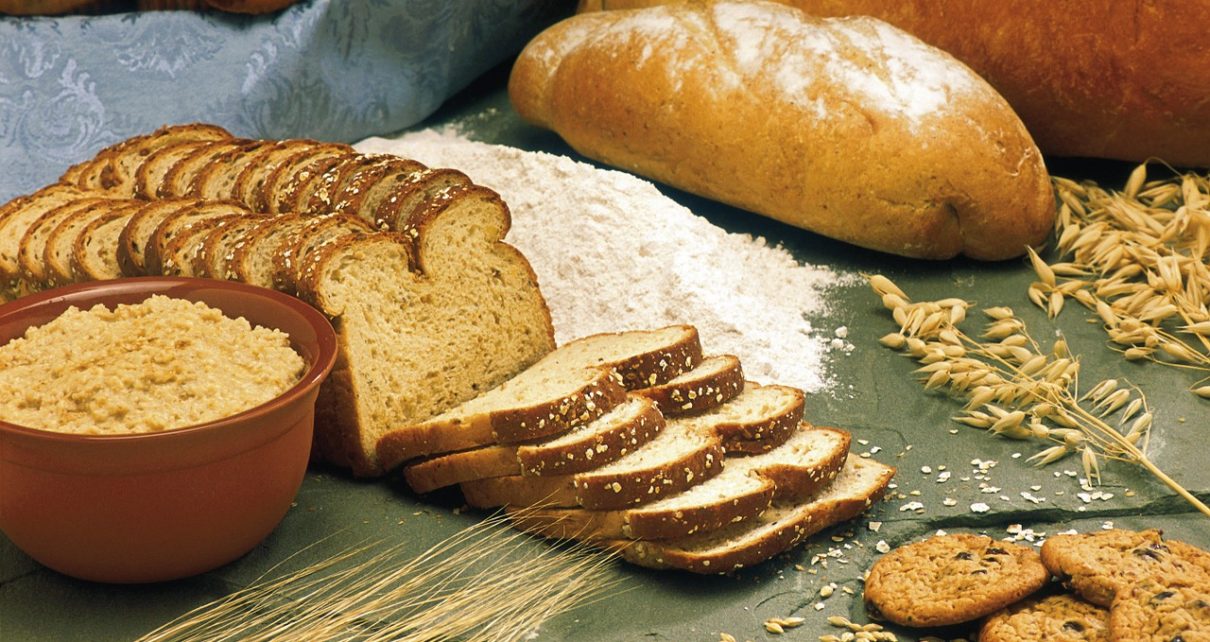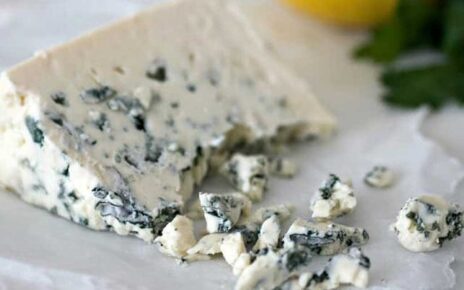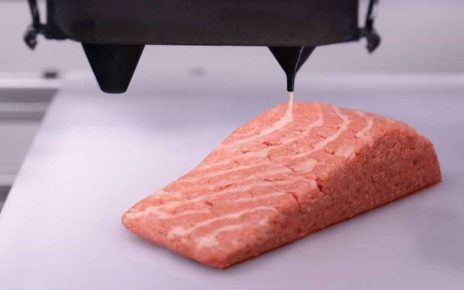A renewed interest in home-baked products has brought more natural bakery NPD into the spotlight which includes trends toward fortifying bread to enhance its nutritional value. This has been driven by the COVID-19 pandemic with consumers looking for nutrition and naturality in bakery products, say suppliers. High fiber enrichment and calorie reduction also help consumers maintain a healthier lifestyle through their staple foods.
FoodIngredientsFirst speaks with key suppliers on how manufacturers can meet the demand for nutritious and clean label baked goods.
“Innovative ingredients must first and foremost meet the latest nutritional trends, be easy to use and keep the label clean and clear,” says Andreas Nagel, Head of Food Technology and Nutrition Center at JRS Food Ingredients (JRS).
A strong focus on nutrition can be seen through the top positionings of bakery NPD in North America. According to Innova Market Insights, “wholegrain” was ranked the number one positioning in 2019 of in-store baked goods in the US and Canada, overtaking “traditional,” which was the top positioning in 2018.
Building the nutritional profile of bakery products can come through fortifying with vitamins, minerals, protein or fiber. Through best practices of increasing dietary fiber and decreasing in acrylamide, manufacturers have been able to boost health aspects of products traditionally low in nutrition. A report from this year showed that white flour is the healthiest it’s been in 200 years.
However, the nutritional profile can also be improved through finding clean label ways to reduce sodium, fat, carbohydrates or gluten. A study in reducing sodium in bread found that a number of variables such as the wheat cultivar and mixing techniques could be altered to improve the end product.
JRS’s Vitacel wheat fibers, for example, are touted for enriching baked goods with fiber while reducing fat and calories. “The fibers improve the nutritional value of popular food products, preserve their tastes and help consumers to simply achieve a healthier lifestyle. It is particularly important that Vitacel wheat fibers are a plant-based food ingredient, which consumers associate, not only with a healthier lifestyle, but also with a more environmentally friendly lifestyle,” adds Nagel.
Meanwhile, Kjeld van de Hoef, Business Director Baking at DSM, notes that nutrients such as omega 3s can be used to fortify bread to enhance nutritional value. “This comes following growing awareness of the health benefits of omega 3s, such as heart, brain, and eye health. Omega 3 solutions, like DSM’s Meg-3, can be incorporated into bread without adversely affecting the taste or texture,” he adds.
Another way to boost health properties in bakery is to incorporate more vegetables and pulses into the formula. “All ingredients low in carbs and fats, but high in protein content – for nutritional as well as ideally for functional reasons. Lentils, fava beans and other vegetable sources are of interest – and quinoa as well as oats are definitely on the rise,” says Katharina Koopmann, Head of Food Application Development, Ohly.
JRS, meanwhile, proposes a range of dietary fibers to fuse unique functional performance with nutritional benefits, such as its organic apple fiber, natural psyllium and bamboo fiber, particularly for added value gluten-free products.
Removing gluten from the equation
While some formulation challenges struggle to put more nutrients in, others aim to take certain ingredients out. Gluten-free bread has long been a challenge for formulators.
“Due to both gluten intolerance and the perceived health benefits – there is a growing demand for gluten-free bread that delivers the sensory experience of regular bread, with improved softness, moistness and crumb structure over a long shelf-life,” says de Hoef.
However, formulating bread is complex, with multiple variables. “Alongside process conditions, every ingredient added can influence the final bread product, meaning there is no ‘one size fits all’ solution for creating winning gluten-free bread,” adds de Hoef.
Some of the key ways companies are meeting the gluten-free challenge are through enzymes with functional fibers. “DSM’s gluten-free enzymes leverage the elements present in starch and protein to allow producers to overcome these formulation challenges and create gluten-free bread with enhanced softness, moistness and crumb texture,” remarks de Hoef.
Lindsey Clements at Kalsec, notes that a segment of consumers prioritize the consumption of baked products.
Meanwhile, fibers such as JRS’s Vivapur HMPC, a derivative of cellulose, help to substitute the functionality of gluten in gluten-free formulations. “The ingredient contributes to evenly distributed pores, improves moisture retention and reduces dry crumbliness,” details Nagel. “Moreover Vivapur HPMC slows down staling of the baked goods, improves structural integrity and cohesiveness, leading to an improvement in mouthfeel and eating quality.”
“We have already noticed the demand for gluten-free in bakery and snack and have proactively adapted our development,” says Maren Finke, Product Development Technician at Kröner Stärke. The company offers a range of gluten-free mixes for cake, pizza, cookies and bread, among others.
Pushing for premium
While some consumers are moving away from breads, due to gluten and carbohydrate content, Lindsey Clements, Food Applications Scientist, at Kalsec, notes that there has been an uptick in bakery interest in other consumer segments. “There has been a split in consumer attitudes towards bakery; those who are moving away from consuming gluten-containing products and those who prioritize the consumption of baked products.”
Henrik de Vries, Commercial Manager at Kröner Stärke has noted similar trends in a push toward premium, natural products. “We see that people have a deeper focus on quality during lockdown periods. We see that organic and vegan products are increasing with regards to demand.”
Along with organic, the removal of additives and preservatives is a trend that persists. As an alternative to the chemical emulsifier di-acetyl tartaric ester of monoglyceride, DSM has developed a range of phospholipase enzymes. “The Panamore range produces bread with excellent dough strength, loaf volume and an appealing sensory profile – enabling a consistent performance across flour types and proofing times,” says de Hoef.
Rediscovering natural
Clements remarks that the popularity of home baking that arose during lockdown is likely here to stay. “In uncertain times, consumers have enjoyed the comfort of replicating classic recipes and shop-bought products in their own homes,” she adds.
In turn, suppliers have noted an increased shift toward quality, naturality and organic. “Demand for organic products is increasing as consumers look to purchase products produced with increased transparency and integrity,” Clements notes. With the increased emphasis on natural and clean label bakery, manufacturers should be aware of potential shifts in consumer expectations.
“In many cases, demand is based on emotions rather than science,” says Koopman, who cites an example from the beverage industry to illustrate how consumer expectations for natural can shift in parallel with demand for less additives.
“People used to ask for more homogenous drinks. Now, drinks with pulp and sediment are accepted because consumers started to understand that they are a sign of naturalness. We believe it is key to accompany any product with transparency on why ingredients are used – a story on why the product is the way it is.”
Storytelling was named the Top Ten Trend of 2020 by Innova Market Insights, for communicating to consumers.
De Hoef, notes that consumers are increasingly moving towards more wholesome and traditional food choices, such as whole wheat varieties with high fiber levels, in particular, without much adjustment to their expectations.
Meanwhile, solutions like dietary fiber concentrates by JRS are positioned to provide clean and clear label solutions for high fiber enrichment and calorie reduction, helping consumers to maintain a healthier lifestyle through their staple foods.
De Hoef concludes: “It is more important than ever to deliver a wide choice of high-quality, consistently delicious breads that stay soft and fresh for longer when they reach consumers’ cupboards.”
Source: Food Ingredients First










